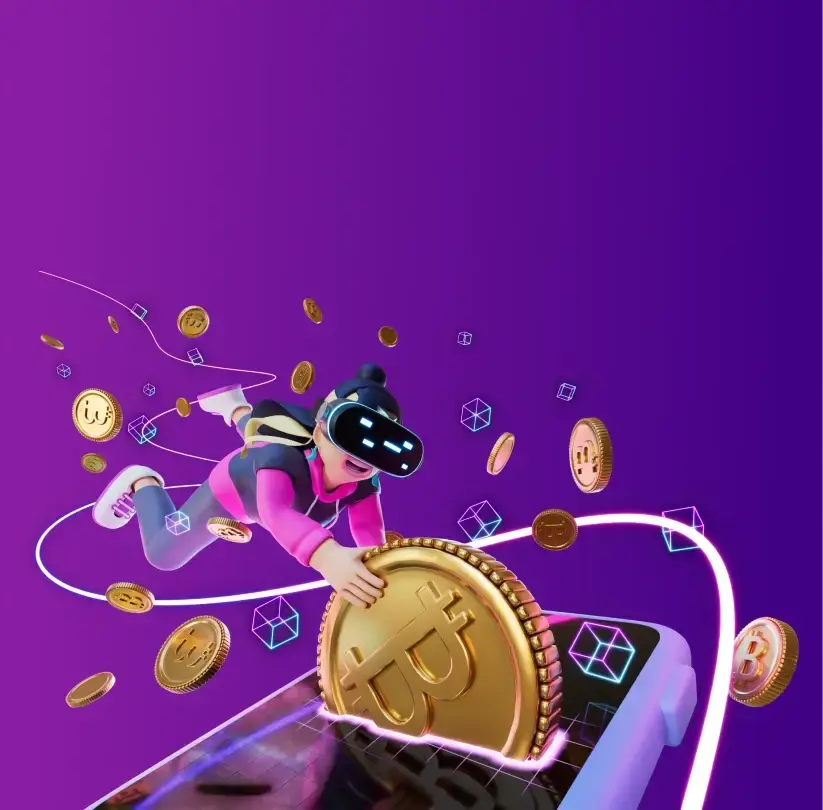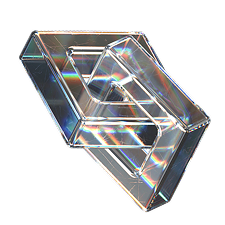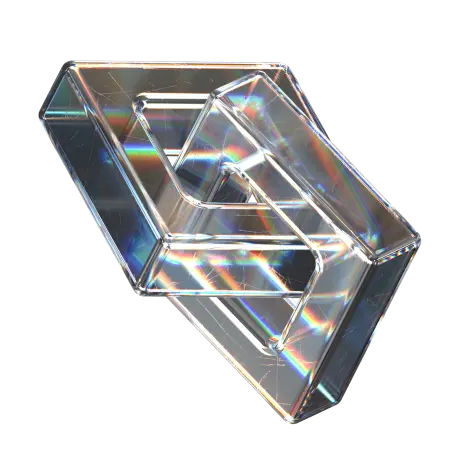As we step into 2025, the world of blockchain technology continues to evolve and flourish.
In this dynamic landscape, the choice of the right blockchain development framework becomes essential for developers and organizations aiming to harness the power of blockchain technology.
This article serves as your guide to the best blockchain development frameworks for 2025. We’ll explore the key players, their unique features, and how they contribute to the ever-expanding realm of blockchain development. These are Ethereum, Fantom, Sui Network, and many other platforms.
Let’s start our exciting journey to blockchain platform comparison!
What exactly is a blockchain platform?
A blockchain platform is a software system that enables users to create and manage secure, digital, and decentralized transaction and applications. It relies on blockchain technology, which, as a digital ledger, stores transaction records across many computers and makes alteration or hacking of the recorded data impossible.
These platforms stand for different purposes: fund transfers, the creation of digital agreements, or application development independent of a central authority or server.
Top blockchain platforms
Below, you can see a comprehensive blockchain platforms list. Each one of these frameworks suits different business needs.
1. Ethereum
Often hailed as the “pioneer of the decentralized world,” Ethereum stands as a formidable blockchain framework. Born from the vision of Vitalik Buterin in 2015, Ethereum introduced smart contracts, automated agreements that execute based on predefined conditions.
This innovation expanded the blockchain landscape far beyond simple transactions, unleashing a tidal wave of decentralized applications (dApps). At the core of Ethereum lies Ether (ETH), its native cryptocurrency. It facilitates transactions and powers the execution of smart contracts. This foundational technology underpins various projects, from DeFi (decentralized finance) platforms to the captivating world of NFTs (non-fungible tokens).
Uniswap is an excellent example of a decentralized exchange DEX operating on Ethereum.
Ethereum 2.0
This framework, affectionately known as Eth2 or Serenity, represents a monumental leap forward for the Ethereum blockchain. Its mission? To resolve pressing issues faced by its predecessor, chiefly scalability, energy efficiency, and security.
The most notable transformation is the shift from proof-of-work (PoW) to proof-of-stake (PoS) consensus mechanisms, a transition renowned for its eco-friendliness and efficiency. With Eth2, the Ethereum network receives a substantial boost in capacity. So, it becomes capable of handling a larger transaction volume while minimizing energy consumption.
Choose the Peiko skilled team

2. IBM Blockchain
The next platform in our blockchain platforms list to your attention is IBM Blockchain. What sets IBM Blockchain apart is its unwavering commitment to fostering security, transparency, and efficiency in business processes. It empowers ventures to create, deploy, and scale blockchain networks tailored to their specific requirements.
The framework provides tamper-resistant ledgers, advanced access control, and robust identity management, ensuring data integrity and confidentiality.
One stellar example of an app harnessed by the power of IBM Blockchain is Food Trust. This innovative platform facilitates real-time tracking of food products, from their origins with producers to their destinations on retail shelves.
Powered by IBM Blockchain, it champions transparency, elevates food safety standards, and significantly curbs wastage.

3. Hyperledger
The Hyperledger avant-garde blockchain framework is rewriting the rules of enterprise-level distributed ledger technology. It’s not just a singular blockchain but an ecosystem of open-source platforms and tools designed to cater to diverse business needs.
What sets Hyperledger apart in our blockchain platform comparison is its collaborative approach. Hyperledger boasts a thriving community of innovators, ensuring an ever-evolving and highly adaptable blockchain ecosystem. It provides a safe haven for organizations looking to experiment and implement blockchain solutions, fostering innovation in areas like supply chain management, healthcare, and finance.
By the way, now, the Hyperledger Foundation is a part of LF Decentralized Trust. This initiative is dedicated to fostering decentralized trust systems, such as blockchain, decentralized identity, and privacy-enhancing technologies.
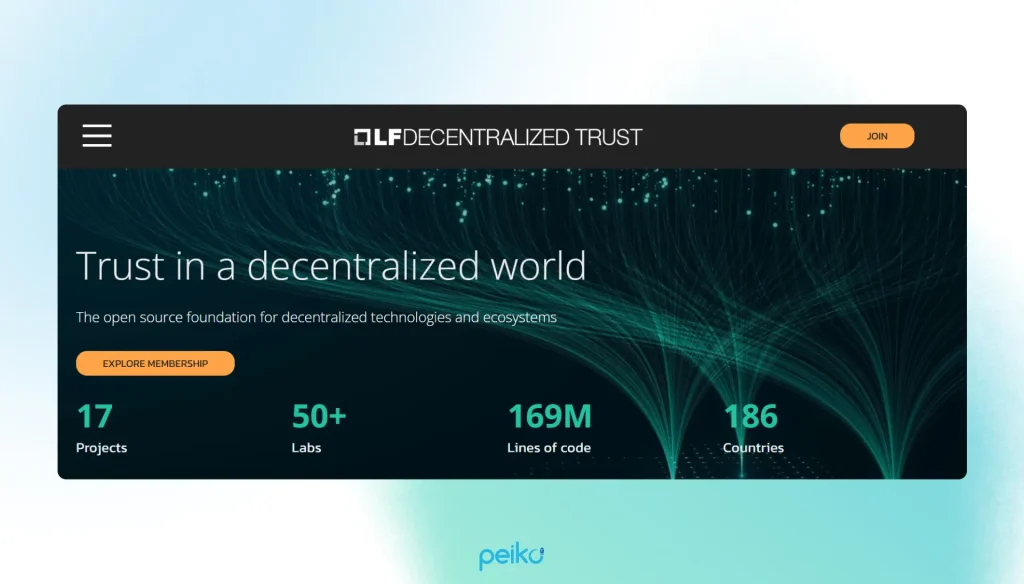
4. EOS
A visionary blockchain platform called EOS has earned its reputation as a robust and scalable solution specially tailored for dApps. It introduces a novel approach to consensus mechanisms, offering delegated proof-of-stake (DPoS) as the cornerstone of its network. This innovative design results in high throughput, low latency, and user-friendly resource allocation.
One standout feature of this best blockchain platform is its emphasis on user-friendliness. EOS aims to make blockchain accessible to the masses by eliminating the need for users to pay transaction fees. Instead, EOS token holders can utilize network resources without the hindrance of microtransactions, which can be a common obstacle in other blockchain ecosystems.
A noteworthy decentralized app operating on the EOS blockchain is EOS Knights. It is an immersive and captivating blockchain-powered game.
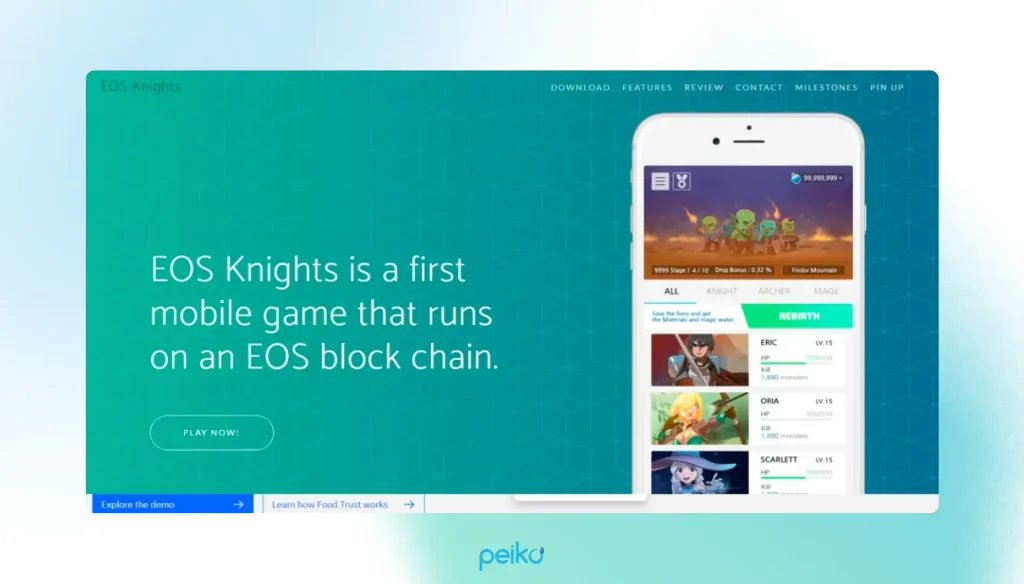
5. Corda
It is a distributed ledger technology (DLT) platform that sets itself apart with a unique approach to blockchain. Unlike traditional public blockchains, the Corda best blockchain platform is designed for use within private networks, where confidentiality and controlled access are paramount. Corda’s architecture focuses on facilitating direct, secure transactions between participants while preserving data privacy.
Corda’s distinctive features include its smart contract functionality, which ensures that agreements are automatically executed when conditions are met, and its notary service, which prevents double-spending.
Cargowise One is yet another example of an app seamlessly incorporating Corda’s blockchain technology. This logistics and supply chain management software caters to logistics service providers and businesses engaged in global trade.
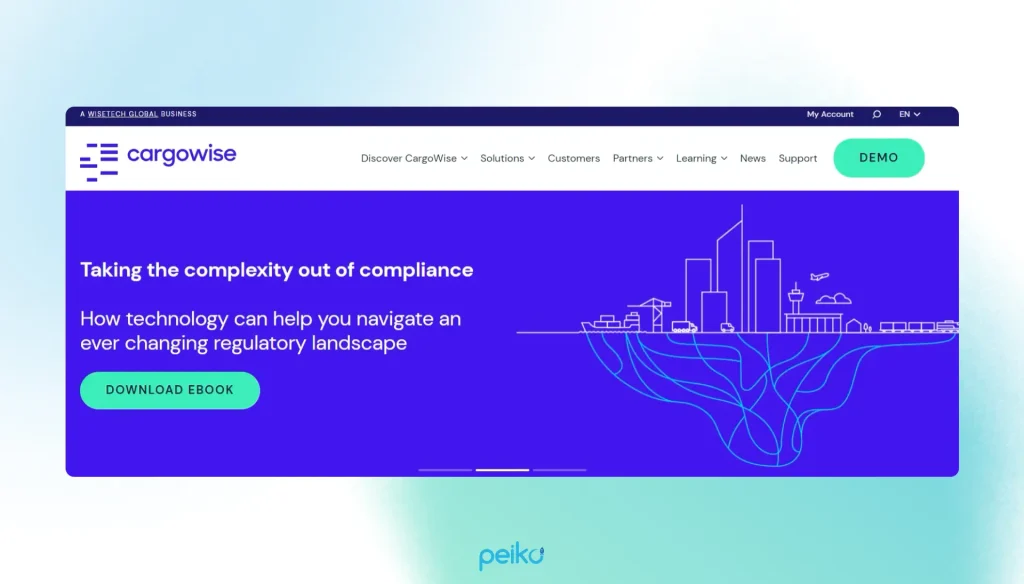
6. Ripple
This groundbreaking platform in our blockchain framework list is primarily designed for facilitating international payments and transfers.
Unlike many other best blockchain platforms, Ripple doesn’t rely on a traditional proof-of-work or proof-of-stake consensus mechanism. Instead, it employs a unique consensus algorithm, the Ripple protocol consensus algorithm (RPCA), that ensures transaction finality and scalability. This makes Ripple particularly well-suited for the financial industry.
MoneyTap is a real-world app of Ripple’s blockchain technology, aiming to revolutionize domestic and international remittances in Japan.

7. Quorum
The Quorum is a top enterprise-focused blockchain framework. It offers a tailored solution for businesses seeking the advantages of blockchain technology within a private and permissioned network. This framework is particularly well-suited for financial institutions, supply chain management, and complex enterprise applications.
What distinguishes Quorum from other frameworks in our blockchain platforms comparison? Quorum stands out for its emphasis on confidentiality, scalability, and efficient transaction processing.
An example of an app developed on the Quorum framework is Komgo. This app aims to revolutionize trade finance and commodity trading. This consortium of major global banks focuses on simplifying and digitizing the process of trading in the commodities market.
8. IOTA
This unique blockchain framework is designed with the Internet of Things (IoT) in mind. Unlike traditional blockchains, IOTA employs a directed acyclic graph (DAG) structure known as the Tangle. It is specifically built to facilitate microtransactions and data integrity within IoT networks. IOTA stands out for its feeless transactions and scalability, making it ideal for the rapidly growing world of interconnected devices.
The native token of IOTA, MIOTA, serves as a unit of value and a means to establish consensus within the Tangle. Transactions on IOTA do not incur fees. Users can contribute to network security by validating two previous transactions when making a new one. This unique approach to consensus makes IOTA energy-efficient and scalable.
IOTA Access is an application that showcases the potential of IOTA in enabling secure and decentralized access control. It enables users to manage access to their digital and physical assets via the IOTA Tangle.
9. NEO
The NEO blockchain framework focuses on facilitating the establishment of a “smart economy” by digitizing assets and enabling the development of decentralized apps. NEO sets itself apart with features like a dual-token system, the NEO token for governance, the GAS token for utility, and a strong emphasis on digital identity and smart contracts.
NEO’s unique dual-token system ensures a balance between network management and transactional functionality. The platform supports multiple programming languages, making it more accessible to developers. NEO’s digital identity solutions are pivotal for identity verification and compliance, and its smart contract functionality allows the creation of self-executing agreements.
Adex is a blockchain-powered advertising network that allows marketers to reach their target audience while maximizing the efficiency of their advertising spend. While Adex initially launched on the Ethereum blockchain, they discovered that the NEO blockchain offers superior capabilities in their case.
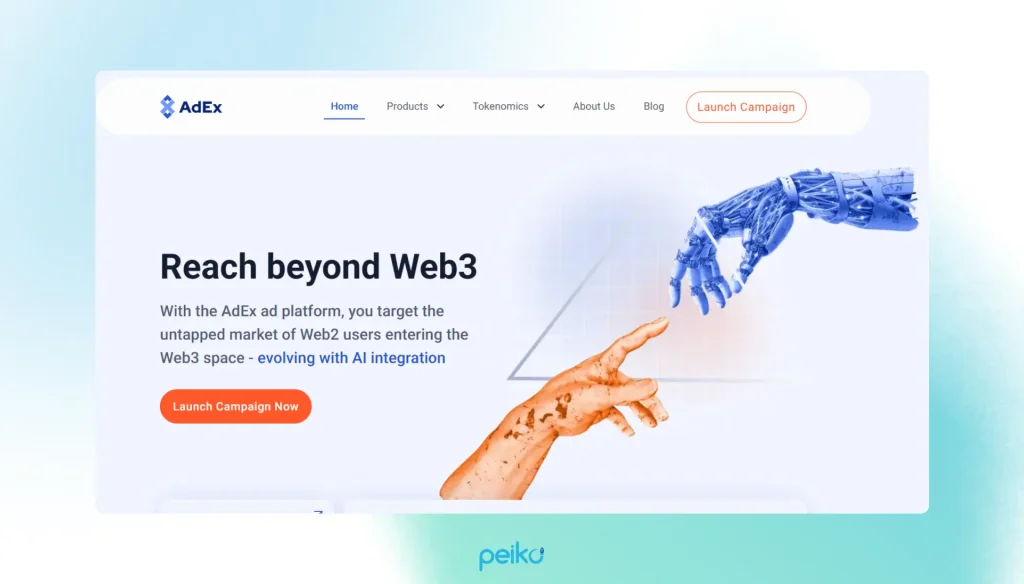
10. Tezos
This platform from our blockchain framework list embraces self-amendment and self-governance. It empowers its community to collectively make decisions regarding network upgrades and enhancements. The unique approach positions Tezos as a blockchain capable of evolving and adapting to emerging challenges and opportunities.
Tezos features a self-amendment mechanism that allows stakeholders to offer and implement protocol upgrades. It utilizes a native digital asset, XTZ, for network governance and staking.
Kolibri is an application built on the Tezos framework, focusing on enhancing DeFi by providing a stablecoin known as kUSD. This stablecoin is designed to maintain its peg to the value of the US dollar, proposing stability to users within the volatile cryptocurrency market. Kolibri utilizes Tezos’ smart contract capabilities to ensure the reliable issuance and management of stablecoins.
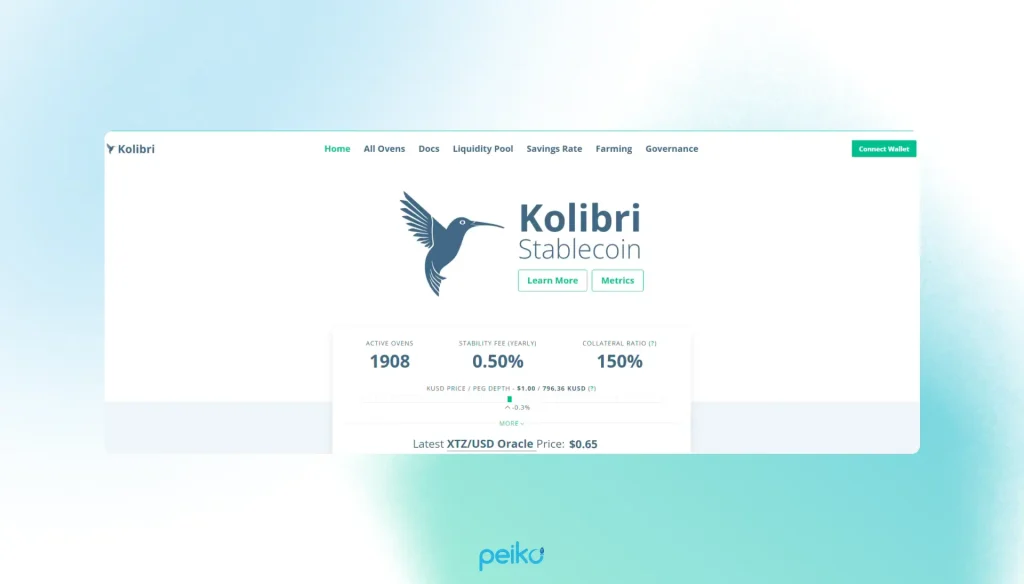
11. Stellar
The blockchain framework is designed to facilitate cross-asset and cross-border transactions. Its mission is to make financial services more affordable and accessible, especially for those in underserved regions. Stellar distinguishes itself through its focus on simplicity, interoperability, and its native digital asset, Lumens (XLM).
LumenPay is a payroll platform that allows businesses to compensate employees using Stellar’s native cryptocurrency, XLM, or other assets within the network. It is built to streamline global payments and ensure quick, cost-effective transactions.
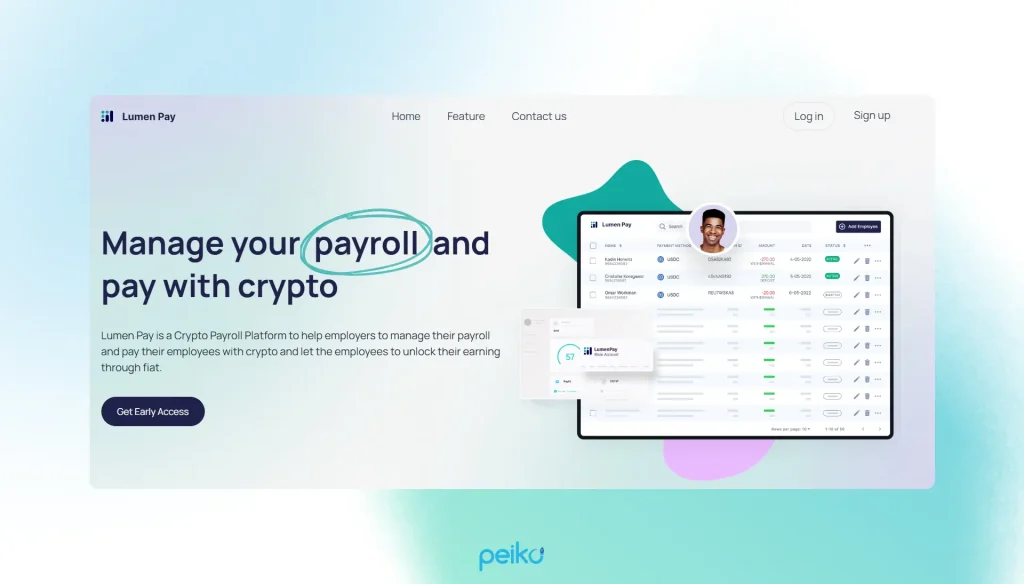
12. Sui Network
The Sui blockchain development platform operates as a Layer 1 infrastructure, serving as the backbone for transaction validations and processing, akin to the fundamental roles of networks like Bitcoin and Ethereum. Layer 1 blockchains are the bedrock upon which individual tokens, and sometimes entire token networks, are built.
Cetus stands as an innovative decentralized exchange and a specialized liquidity protocol that primarily emphasizes the dynamic Move ecosystem. This solution is dedicated to the mission of constructing a robust and adaptable foundational liquidity network.
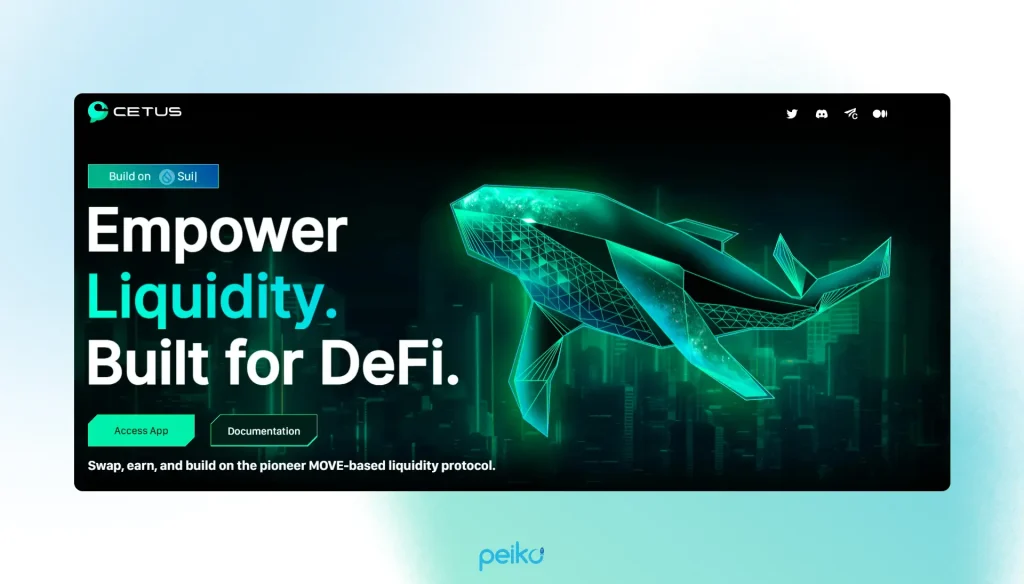
13. Hedera
It is one of the top blockchain development platforms that leverages the hashgraph consensus algorithm to deliver a highly secure, fast, and scalable platform. It stands out for its ability to provide predictable finality and low-latency transaction processing, making it suitable for various applications.
Hedera utilizes its native cryptocurrency, HBAR, for network security and governance. It employs a unique consensus mechanism that provides fairness and security. The public ledger of Hedera is designed to support smart contracts and token creation while offering robust security features.
Certara is the renowned worldwide leader in model-informed drug development, regulatory DeSci (decentralized science), market access, and real-world evidence solutions.
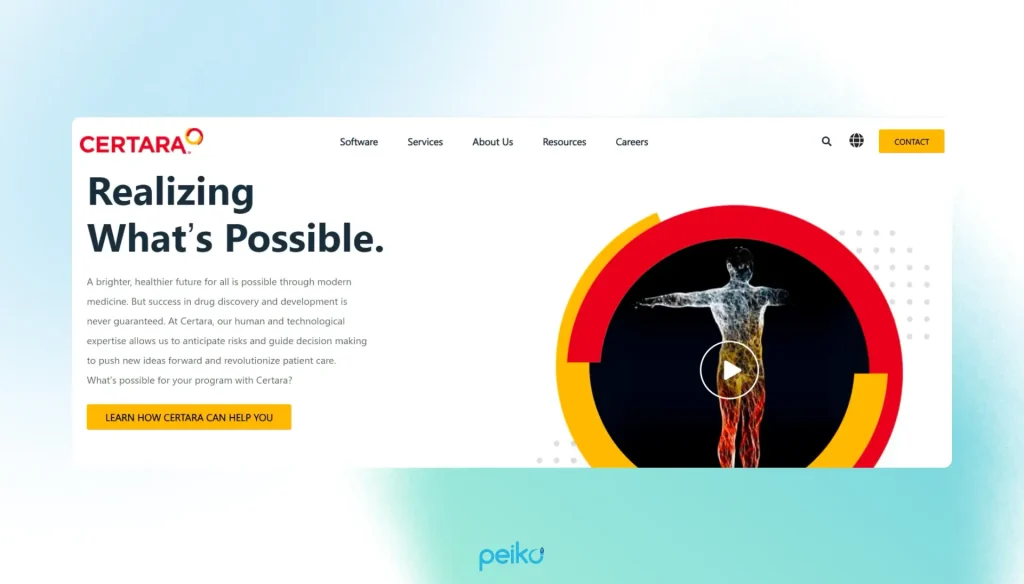
14. Aptos
A pioneering public blockchain development platform, Aptos, is backed by former Facebook professionals and firmly rooted in the realm of the PoS consensus. Aptos’s core mission revolves around providing a potent blend of high throughput and unwavering security, all tailored to smart contracts developed using the Move programming language.
By embracing a Byzantine fault tolerant (BFT) consensus mechanism and harnessing the capabilities of the Move language, Aptos has emerged as an exceptionally secure and scalable Layer 1 blockchain solution.
The groundbreaking methodology of Aptos empowers the simultaneous execution of multiple transactions by capturing a snapshot of the current state and processing them in parallel.
Let’s consider an example of the app using the Aptos framework. PancakeSwap emerges as a decentralized exchange intricately linked to the Binance Smart Chain. This platform offers users the ability to trade their cryptocurrencies directly without reliance on intermediaries.
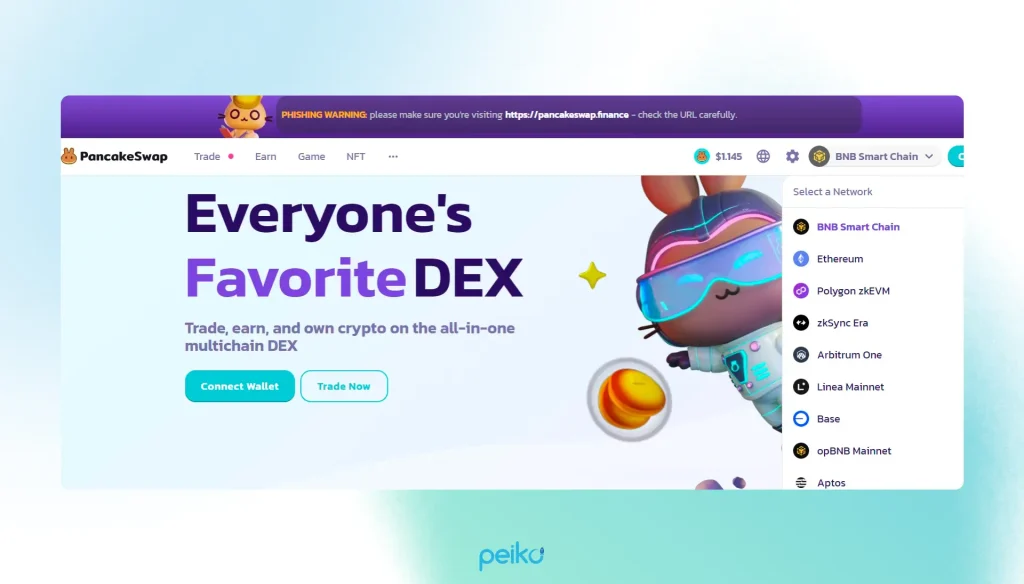
15. Flow
It is an innovative blockchain framework designed to support the next wave of dApps and digital assets. Developed by Dapper Labs, the creators of CryptoKitties and NBA Top Shot, Flow aims to address some of the limitations of earlier blockchains. This framework offers high throughput, developer-friendly smart contracts, and strong security guarantees.
Flow’s unique architecture, featuring a novel consensus mechanism called HotStuff, enables speedy transaction finality and high-performance smart contracts.
NBA Top Shot is an app built on the Flow framework, offering basketball enthusiasts a unique and digital way to collect officially licensed NBA collectible highlights.
16. Fantom
The Fantom advanced blockchain development platform is designed to address the critical issues of scalability and transaction speed. It operates on a directed acyclic graph (DAG) architecture, setting it apart from traditional blockchains. Fantom is known for its exceptional throughput, low commissions, and near-instant transaction confirmations.
Fantom’s unique consensus mechanism, known as Lachesis, ensures high-speed and secure transaction processing. The platform is developer-friendly, supporting smart contracts through its native language called Solidity.
SushiSwap, an application built on the Fantom framework, is a decentralized exchange known for its automated market maker (AMM) model. There, users can swap, provide liquidity, and earn rewards by participating in the DEX.
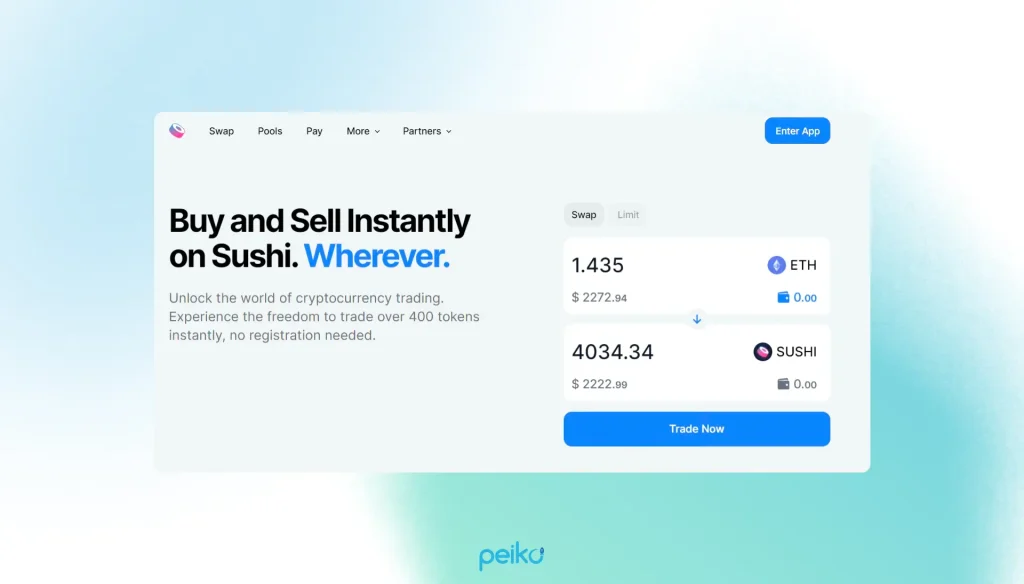
17. Solana
This blockchain framework has quickly gained recognition for its exceptional scalability and speed. Solana leverages a unique approach to consensus called proof-of-history (PoH) combined with the underlying PoS mechanism. This combination allows Solana to process thousands of transactions per second with incredibly low fees.
Solana’s PoH technology timestamps transactions, ensuring their order and immutability, while the PoS mechanism secures the network.
Jupiter is an example of a successful decentralized exchange created on the Solana blockchain. It is known for its high-speed trading, low transaction costs, and the ability to access global liquidity pools.
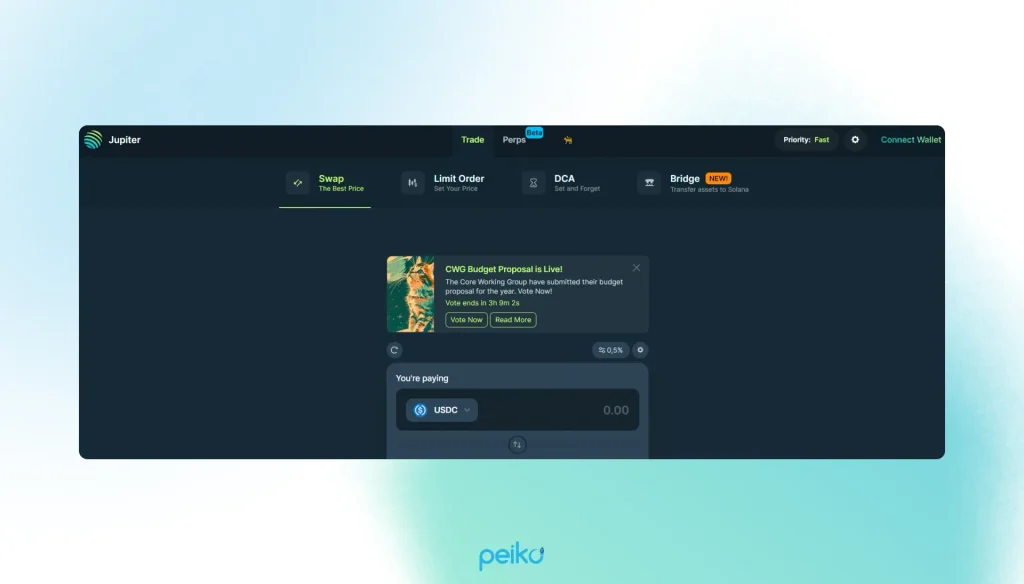
18. Tron
It is a robust blockchain development platform with a bold mission to build a decentralized internet. Leveraging innovative technologies, Tron aspires to create a global digital ecosystem that empowers content creators and developers. It operates on a delegated proof-of-take consensus mechanism to provide efficient transaction processing.
In general, Tron is recognized for its high throughput, low transaction costs, and dedicated focus on fostering the entertainment and content creation industries.
BitTorrent Speed, an application built on the Tron framework, is a file-sharing and content-distribution platform that rewards users for sharing and seeding files. This app capitalizes on Tron’s high throughput and efficient transaction processing to reward users with BitTorrent Token (BTT) for their role in file-sharing.

19. BNB Smart Chain
The BNB Smart Chain stands as a dynamic and influential blockchain framework purpose-built to bolster the DeFi ecosystem. Created by Binance, one of the leading global cryptocurrency exchanges, BNB Smart Chain offers an environment for developers to create secure and efficient smart contracts, dApps, and digital assets.
Binance Smart Chain’s distinctive features include its compatibility with the Ethereum Virtual Machine (EVM). This allows developers to port their Ethereum-based apps to BSC with ease. This cross-chain functionality enhances interoperability. BSC is acclaimed for its low transaction fees and rapid confirmation times, making it a preferred choice for DeFi projects and users.
Venus is a decentralized borrowing and lending platform built on the BNB Smart Chain. It operates similarly to popular DeFi lending platforms like Compound and Aave but with a focus on the BSC ecosystem.
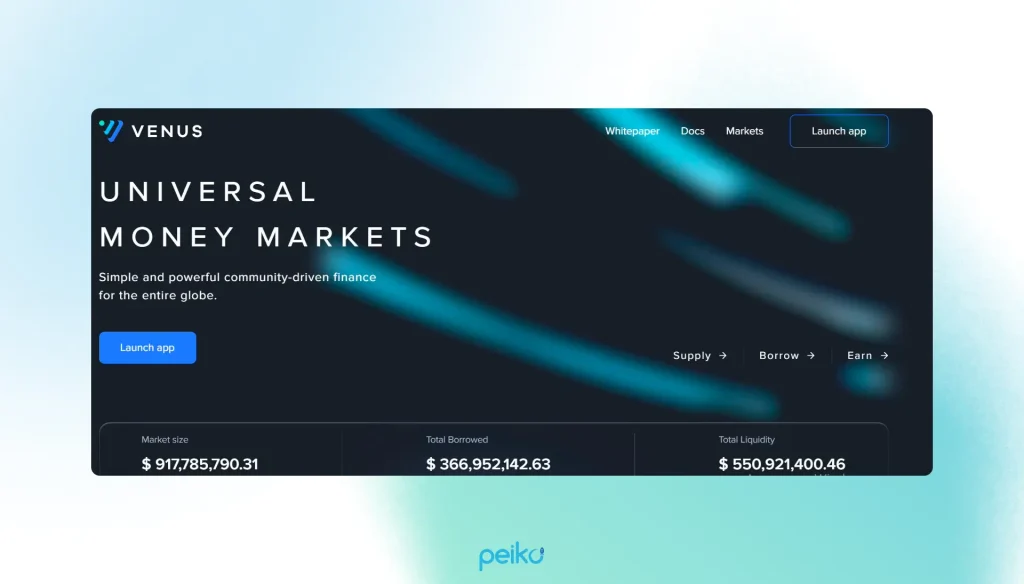
20. Internet Computer (ICP)
This is a visionary blockchain development platform seeking to reinvent the internet by creating a global, open, and secure platform for smart contracts and web apps. Developed by the DFINITY Foundation, ICP aims to provide a decentralized internet that can host and run applications without the need for traditional web servers.
ICP introduces the concept of “canisters,” which are autonomous smart contracts that can host web applications. This approach eliminates the need for central servers, enhancing security and reducing infrastructure costs. ICP boasts high-performance capabilities, supporting various languages and development tools for creating dApps.
Let’s consider OpenChat, an app built on the Internet Computer framework. It is a decentralized messaging and social networking platform.
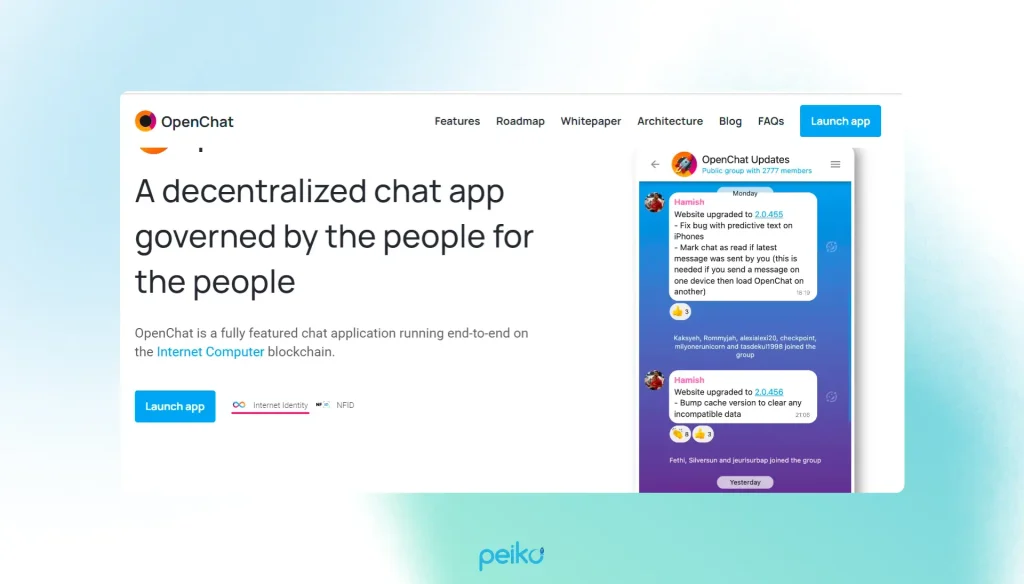
Blockchain platforms comparison
Each framework we have considered in this article boasts a distinctive set of features, making them well-suited for specific applications and sectors.
Now, let’s compare some of the top blockchain platforms that seem promising for 2025.
| Feature/Framework | Ethereum | Quorum | Ripple | EOS | Corda |
|---|---|---|---|---|---|
| Consensus mechanism | PoW/PoS | PoA (power-of-attorney) | PoA/BFT | DPoS | BFT PoABFT PoA |
| Smart contract support | Yes | Yes | No | Yes | Limited |
| Speed and scalability | Moderate | Moderate | Fast | Fast | Moderate |
| Ecosystem/dApps | Extensive | Limited | Focused | Growing | Focused |
| Interoperability | Limited | Limited | High | Limited | High |
| Use cases | General purpose | Enterprise, finance | Cross-border payments | dApps, gaming | Enterprise, finance |
| Governance model | Community | Consortium | Centralized | Community | Consortium |
| Notable apps | DeFi, NFTs | Trade finance | Cross-border payments | dApps, gaming | Trade finance, supply chain |
| Sustainability/energy | Transitioning to PoS | PoA | Low energy | DPoS | N/A |
Surely, ongoing updates and enhancements can significantly influence the capabilities and adaptability of each platform of the blockchain frameworks list. As a result, thorough research and due diligence are essential when selecting a blockchain framework tailored to your project’s unique goals and industry niche.
How to select a blockchain platform for your business?
Here’s what to consider to pick the right blockchain platform for your business:
- Scalability: The platform should be able to scale your transaction volume efficiently as your business starts to grow.
- Security: Look for a platform that has strong security features, including encryption and reliable consensus protocols, for your sensitive information.
- Affordability: Know the cost of the platform, including transaction fees, and ensure it suits your budget.
- Interoperability: A platform which should provide good feasibility of interaction between other systems or blockchain you may intend to operate in.
- Developer ecosystem: Consider a robust developer ecosystem as a contributor of longevity via consistent support and regular updates to be made towards one’s community.
- Customization: Find the potential flexibility in platform services for providing more customized development concerning solutions related to specific business interests of every form.
- Compliance: Verify the set level in regard to applicable legal, required requirements considering your line.
At Peiko, we will help you pick the blockchain platform by analyzing your needs. We will carefully evaluate each factor to reach your goals.
Our team will help you

What’s new in the blockchain latest platforms
The blockchain space is so dynamic, and every other day, different platforms come up with new solutions and features. Let’s have a look at some of the latest trends in popular blockchain platforms:
Layer 2 solutions for enhanced scalability
Due to scalability issues in many leading blockchain networks, such as Ethereum, many platforms have integrated Layer 2 solutions like Optimistic Rollups and zk-Rollups. These solutions ensure faster and cheaper transactions without compromising on the security of the parent blockchain.
Cross-chain interoperability
With increased blockchain networks, interoperability has become the number one priority. Platforms like Tron or Ethereum, are built to be compatible, offering fluent communication between blockchains for better frictionless transference of assets and data across diverse ecosystems.
Onboarding of DeFi solutions
Blockchain development platforms are increasingly supportive of DeFi applications that will enable businesses to access financial services like lending, borrowing, and staking in a far more open and intermediary-free manner.
Eco-friendly consensus models
Several criticisms have haunted traditional PoW blockchains for excessive energy consumption. So, new-generation blockchains like Solana are rapidly looking at greener ways of arriving at consensus on the blockchain in ways that meaningfully reduce this environmental footprint.
Enterprise-grade blockchain solutions
Yet, while the public blockchains have taken all the headlines, more are coming on board that are specifically tailored to the needs of enterprise businesses. For example, Hyperledger Fabric and R3 Corda are created specifically for enterprise use. These solutions let businesses have control over their networks and their governance.
Peiko will help you with blockchain and fintech development
As a forward-thinking company, Peiko has earned a reputation as a trusted partner for businesses and entrepreneurs seeking high-quality blockchain, cryptocurrency, and custom software development services.
Our skilled specialists guide clients through every stage, from ideation to development, testing, and successful deployment. We will help you select the best tech stack for your project, be it React development or any other technology picked. Every client obtains a tailor-made solution that aligns with their unique needs.
Want to know more about the projects we created? Swych – a great example that showcases our expertise as a top blockchain development firm. It is a robust crypto exchange with advanced trading features.
The client wanted a modern DEX that unites the functionalities of the PancakeSwap exchange with custom design and interactive gamification, and we implemented their requirements.
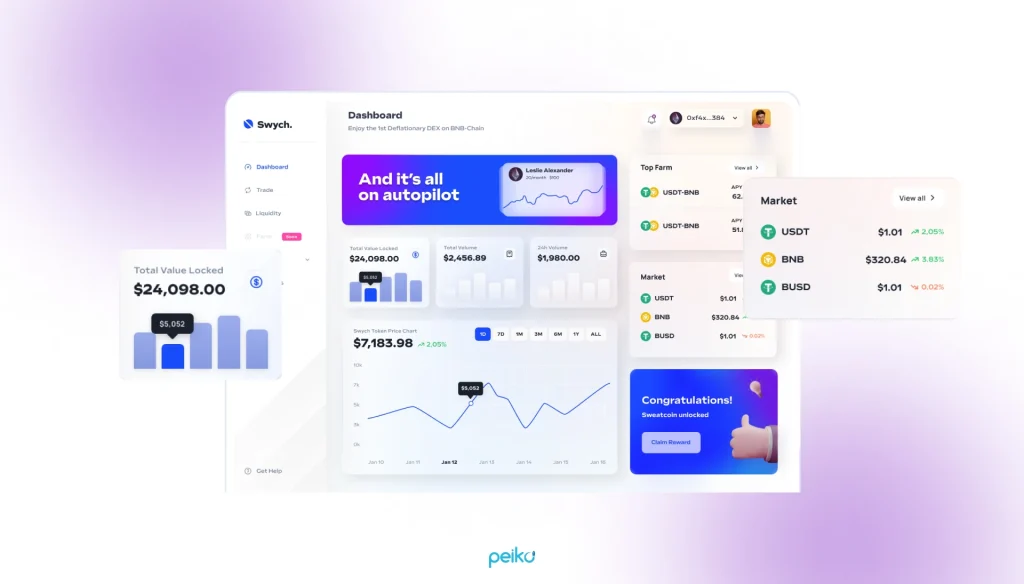
Key features of Swych:
- Custom design with gamification: The visually striking interface brings other game experiences along in making trading entertaining and rewarding.
- Decentralized trading & liquidity pools: Now users can trade directly, add to liquidity pools, and yield farm.
- Security and transparency: We added advanced encryption and regular security audits to provide a safe crypto exchange environment for the users.
Swych combines robust DEX functionality with a fun, secure, and efficient trading experience, hence allowing users a completely new level in crypto trading and engagement.
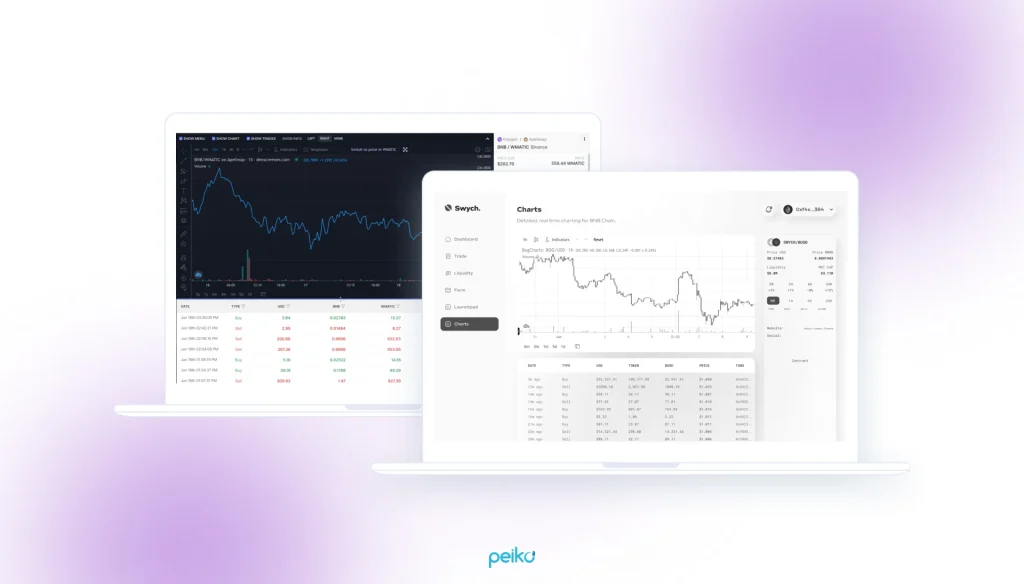
By the way, you can discover more about our great projects, like Orion Protocol or Bitcoin Additional, on our website.
Conclusion
Each framework we considered in our blockchain platforms list comes with its exceptional strengths and characteristics, making them ideal for various use cases.
The likes of Ethereum, with its established presence and vibrant ecosystem, continue to be driving forces in DeFi, NFTs, and decentralized applications. BNB Smart Chain offers speed and cost-efficiency, making it an attractive choice for DeFi solutions.
The coming year holds great promise, and it’s an exciting time to be part of this transformative journey in the blockchain world. And we are here to help you implement all your boulder blockchain project ideas into life. Feel free to contact us!
No comments yet. Be the first to comment!






